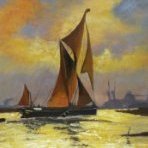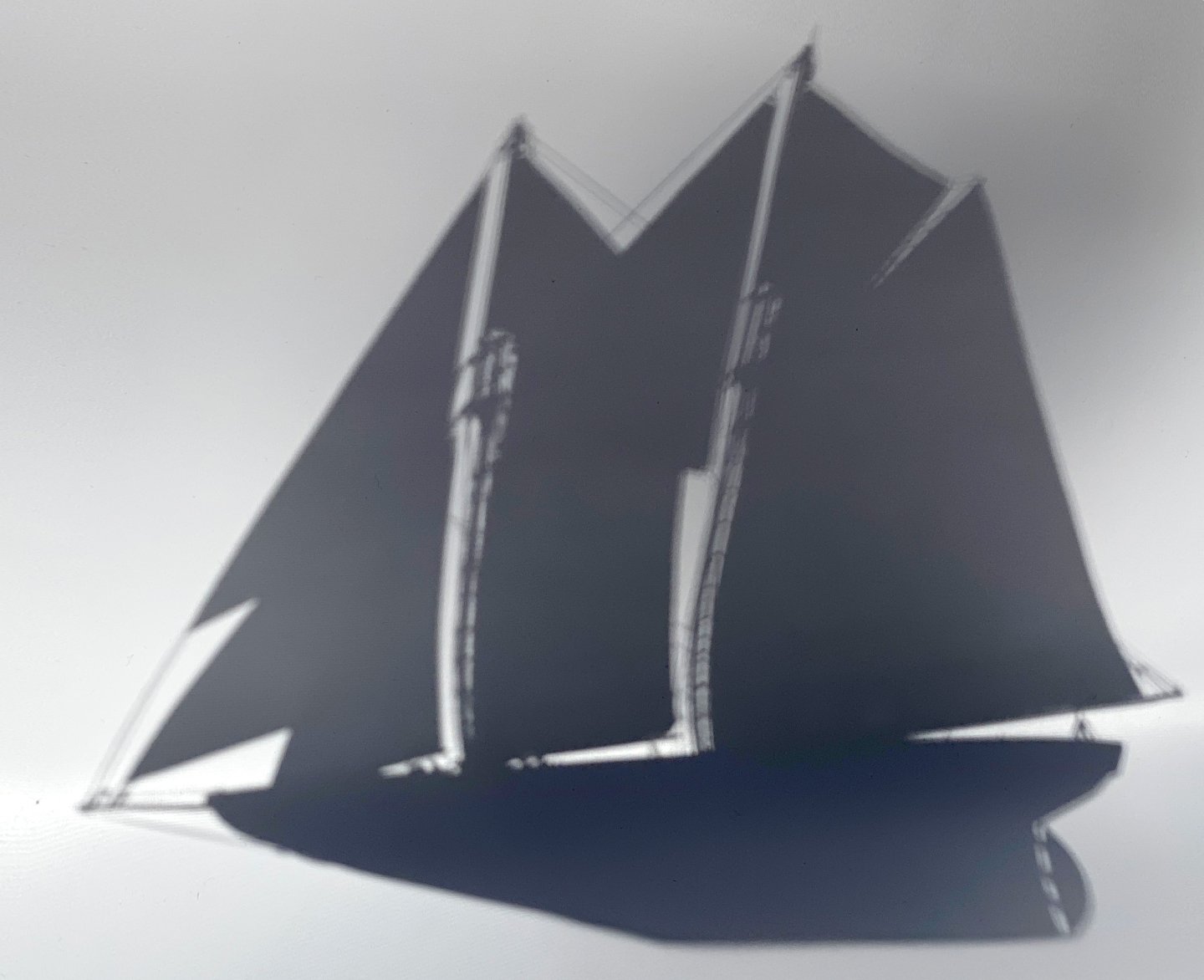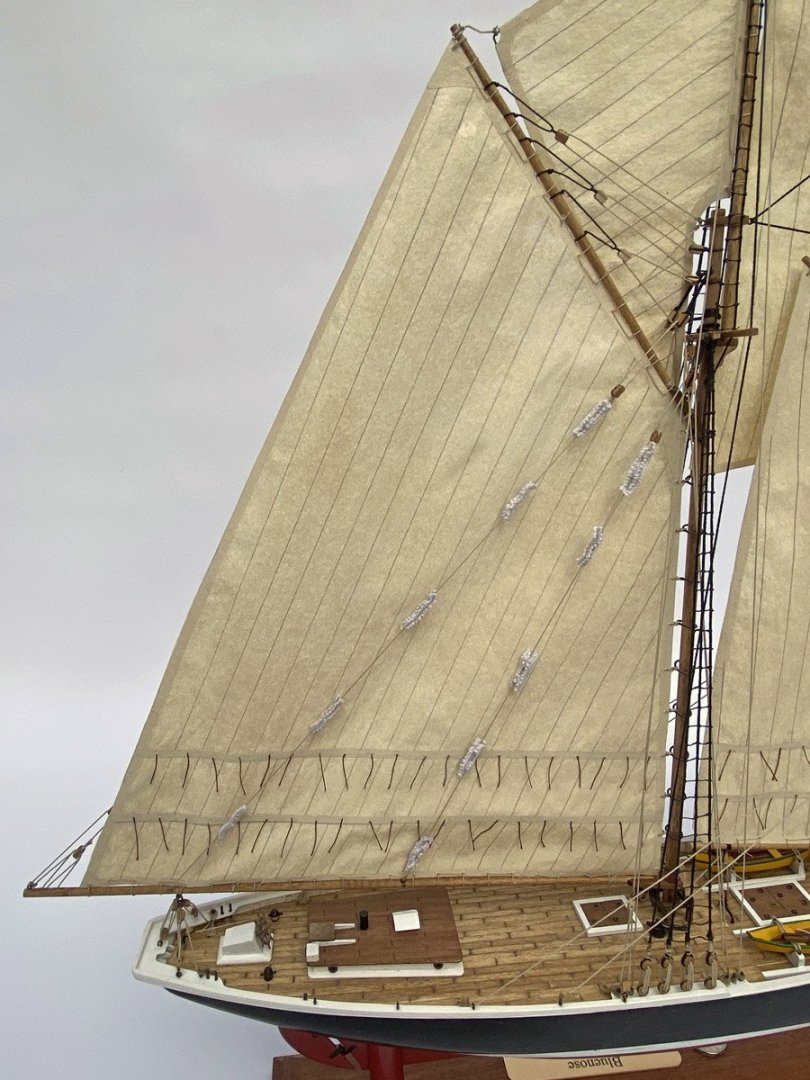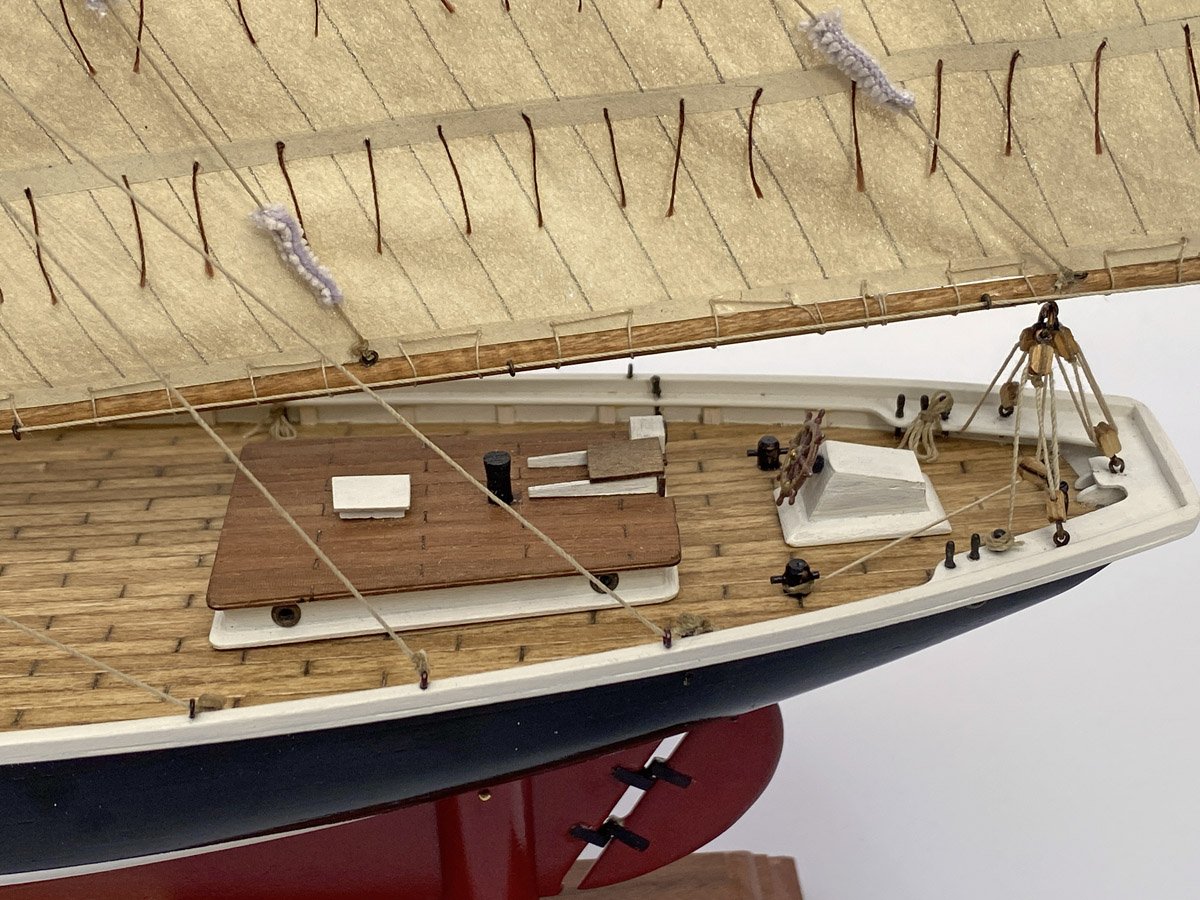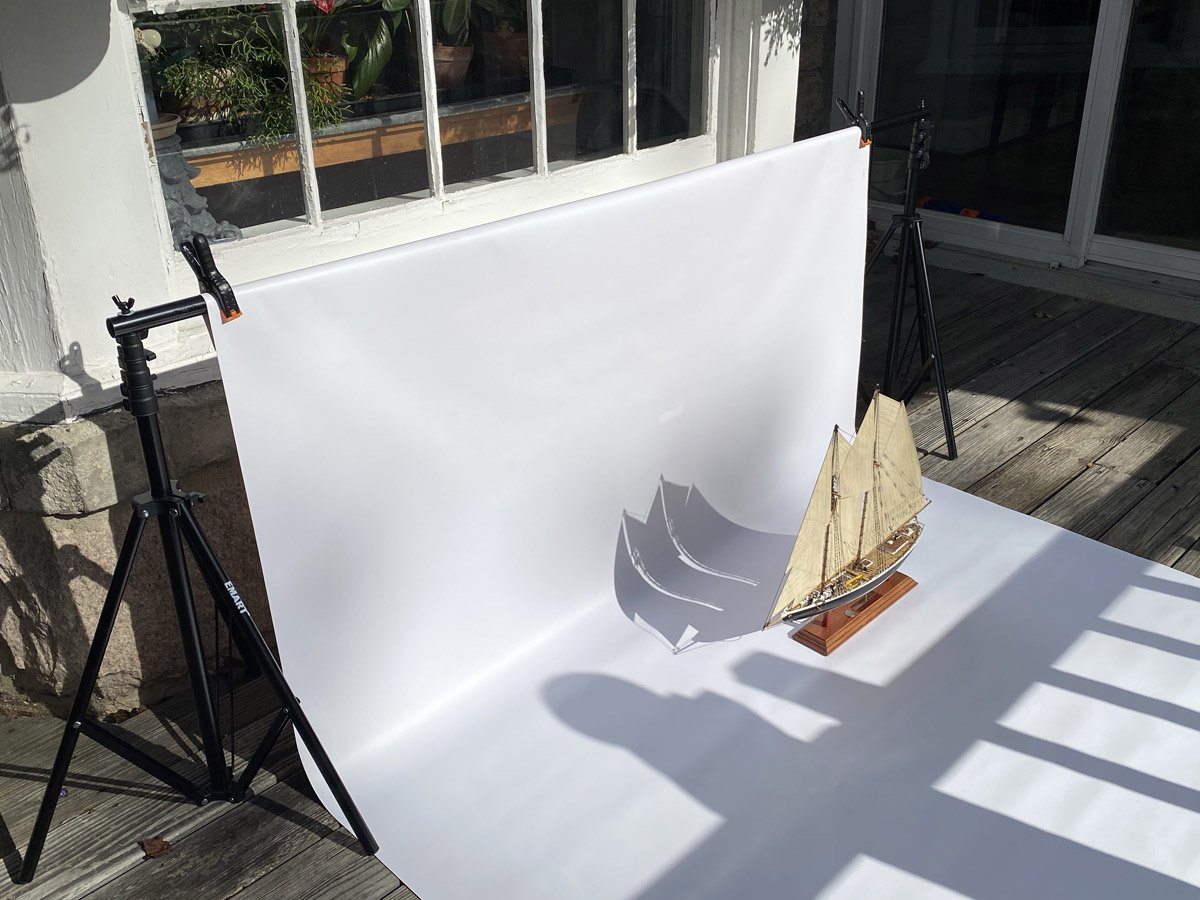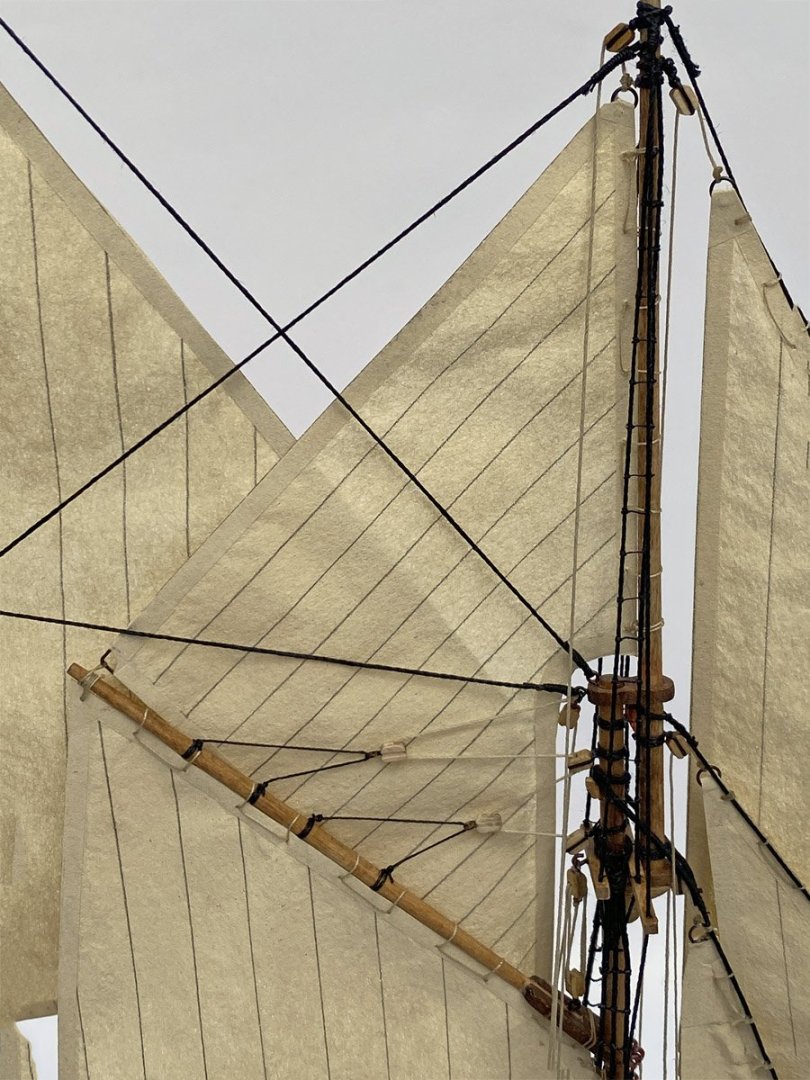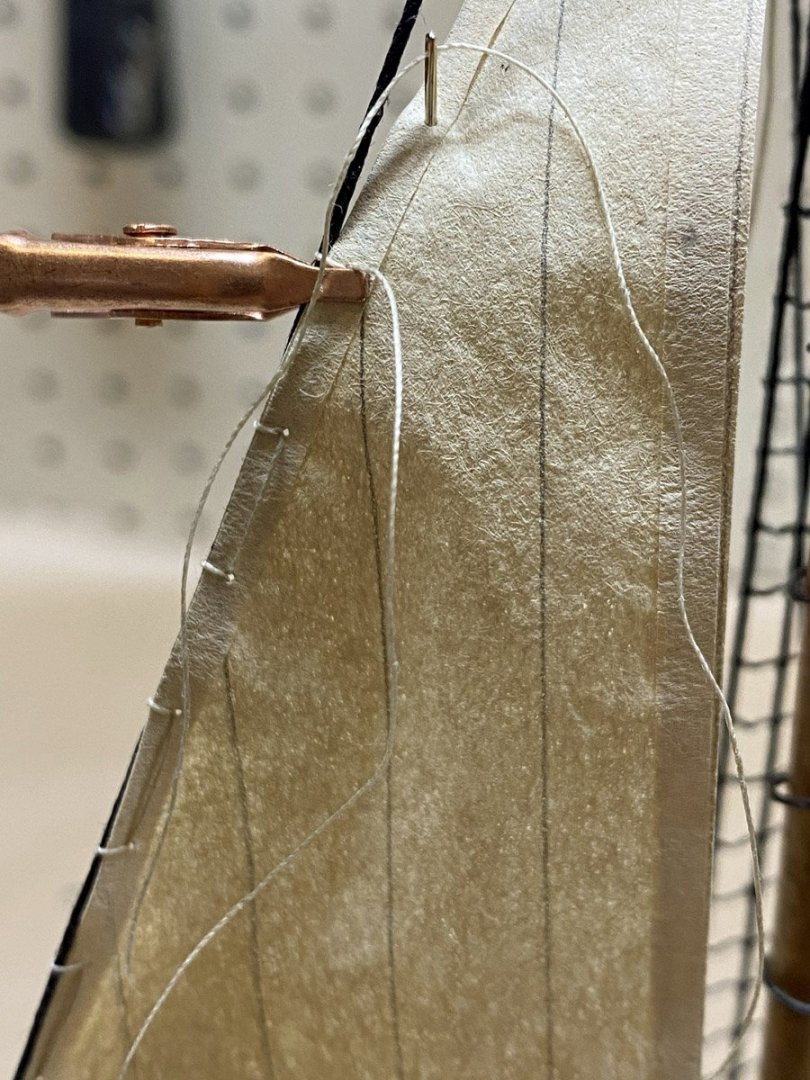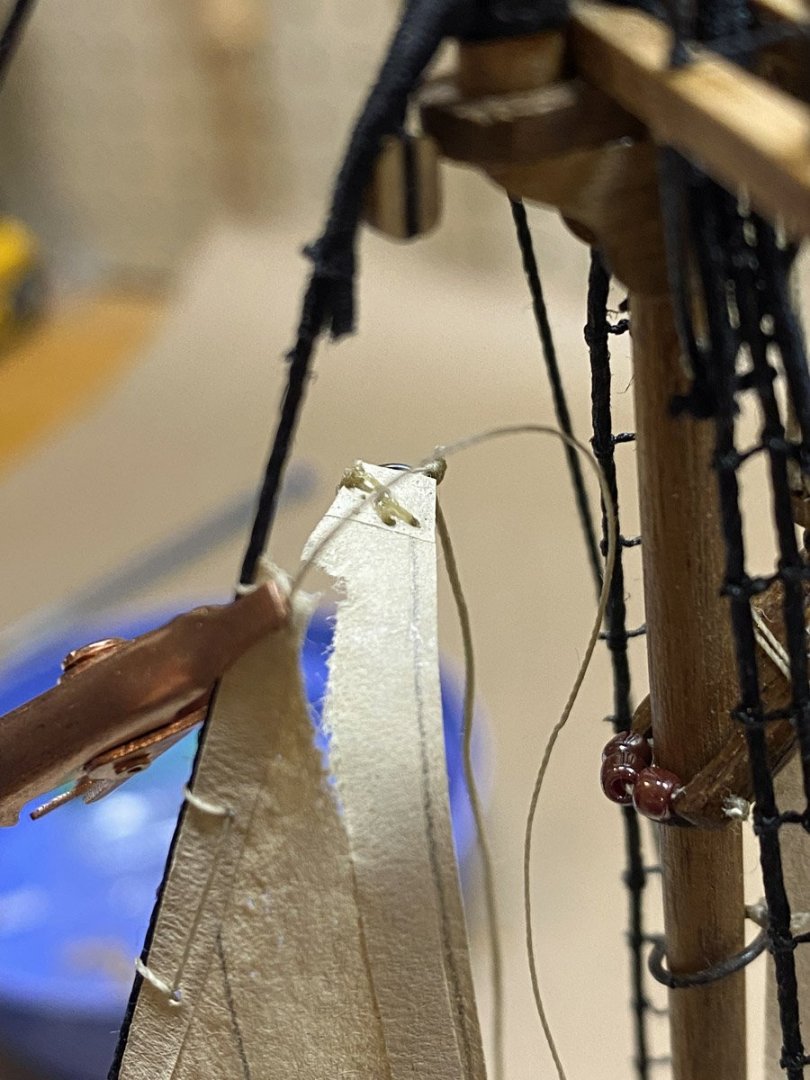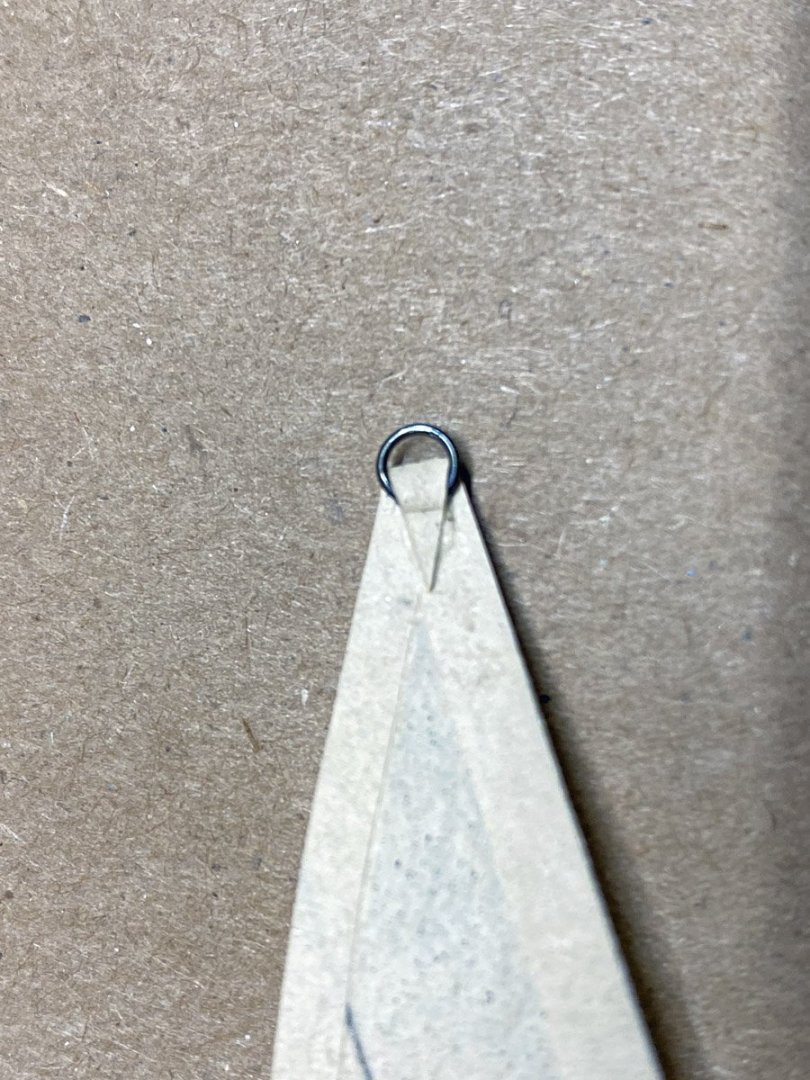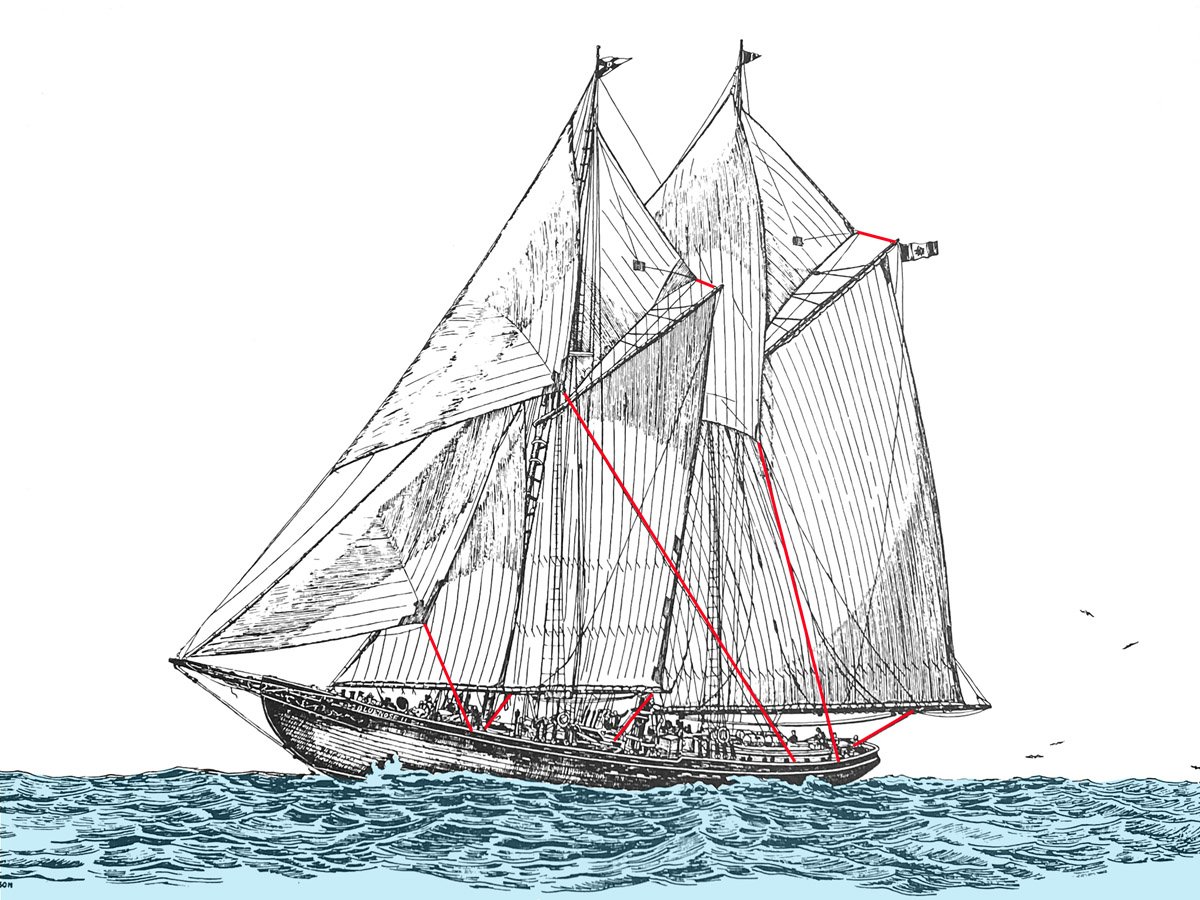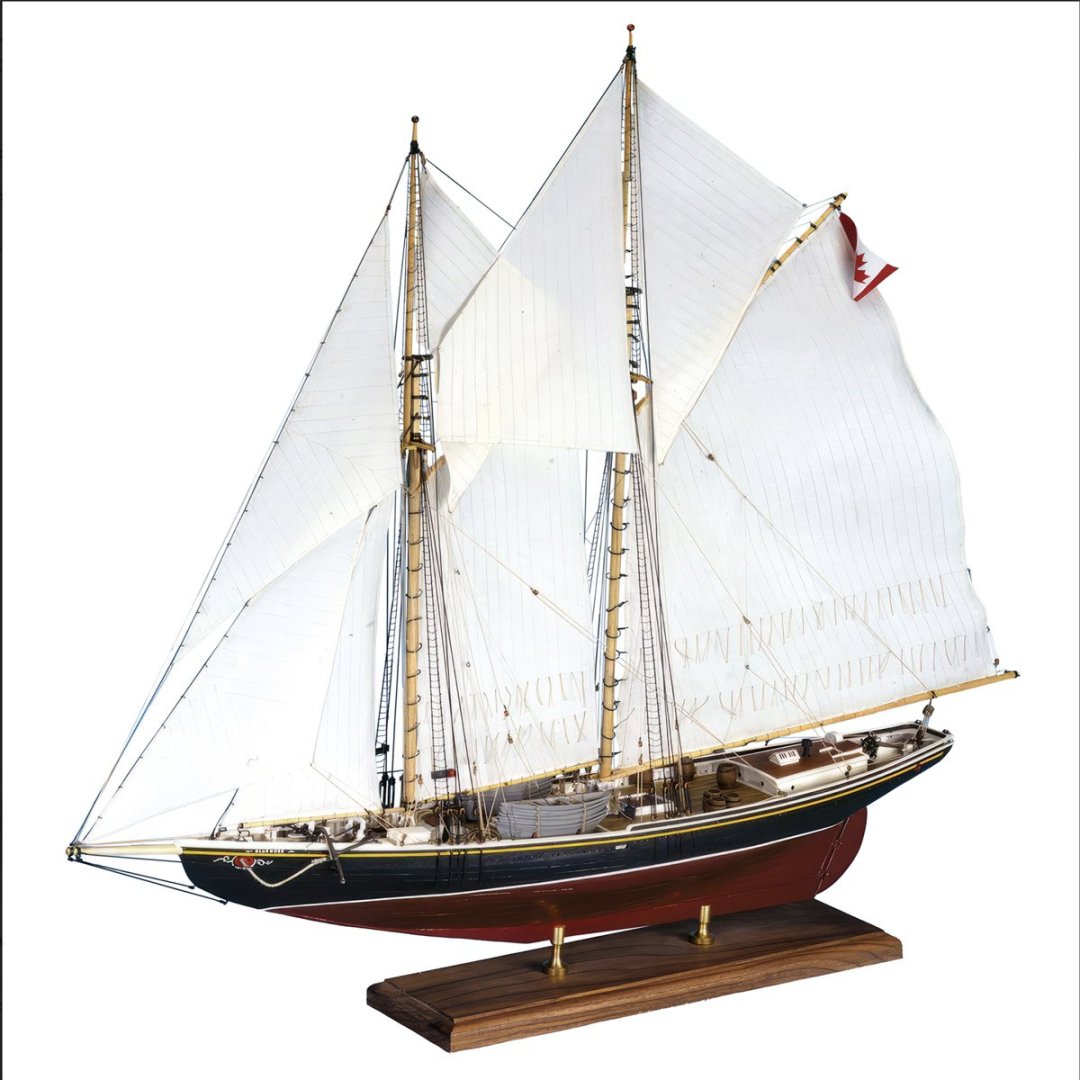-
Posts
697 -
Joined
-
Last visited
About rvchima
- Birthday 05/12/1951
Profile Information
-
Gender
Male
-
Location
Asheville, North Carolina, USA
-
Interests
rubber-powered model aircraft
model ships
stained glass
woodworking
orchids
Recent Profile Visitors
-
 DocRob reacted to a post in a topic:
Westland Lysander by rvchima - The Vintage Model Company - 1:27 - balsa
DocRob reacted to a post in a topic:
Westland Lysander by rvchima - The Vintage Model Company - 1:27 - balsa
-
 rvchima reacted to a post in a topic:
Seguin by Phil B - BlueJacket Shipcrafters - 1:48
rvchima reacted to a post in a topic:
Seguin by Phil B - BlueJacket Shipcrafters - 1:48
-
 rvchima reacted to a post in a topic:
Seguin by Phil B - BlueJacket Shipcrafters - 1:48
rvchima reacted to a post in a topic:
Seguin by Phil B - BlueJacket Shipcrafters - 1:48
-
 Canute reacted to a post in a topic:
Westland Lysander by rvchima - The Vintage Model Company - 1:27 - balsa
Canute reacted to a post in a topic:
Westland Lysander by rvchima - The Vintage Model Company - 1:27 - balsa
-
 GrandpaPhil reacted to a post in a topic:
Westland Lysander by rvchima - The Vintage Model Company - 1:27 - balsa
GrandpaPhil reacted to a post in a topic:
Westland Lysander by rvchima - The Vintage Model Company - 1:27 - balsa
-
 cotrecerf reacted to a post in a topic:
Westland Lysander by rvchima - The Vintage Model Company - 1:27 - balsa
cotrecerf reacted to a post in a topic:
Westland Lysander by rvchima - The Vintage Model Company - 1:27 - balsa
-
 Jack12477 reacted to a post in a topic:
Westland Lysander by rvchima - The Vintage Model Company - 1:27 - balsa
Jack12477 reacted to a post in a topic:
Westland Lysander by rvchima - The Vintage Model Company - 1:27 - balsa
-
 _SalD_ reacted to a post in a topic:
Westland Lysander by rvchima - The Vintage Model Company - 1:27 - balsa
_SalD_ reacted to a post in a topic:
Westland Lysander by rvchima - The Vintage Model Company - 1:27 - balsa
-
 Canute reacted to a post in a topic:
Westland Lysander by rvchima - The Vintage Model Company - 1:27 - balsa
Canute reacted to a post in a topic:
Westland Lysander by rvchima - The Vintage Model Company - 1:27 - balsa
-
 Ryland Craze reacted to a post in a topic:
Westland Lysander by rvchima - The Vintage Model Company - 1:27 - balsa
Ryland Craze reacted to a post in a topic:
Westland Lysander by rvchima - The Vintage Model Company - 1:27 - balsa
-
 rvchima reacted to a post in a topic:
Lisboa Tram and Diorama by puckotred - OcCre
rvchima reacted to a post in a topic:
Lisboa Tram and Diorama by puckotred - OcCre
-
 ccoyle reacted to a post in a topic:
Westland Lysander by rvchima - The Vintage Model Company - 1:27 - balsa
ccoyle reacted to a post in a topic:
Westland Lysander by rvchima - The Vintage Model Company - 1:27 - balsa
-
 rvchima reacted to a post in a topic:
Iron Horse Locomotive by MikeR - 1/24 scale - My very first scratch build wooden model
rvchima reacted to a post in a topic:
Iron Horse Locomotive by MikeR - 1/24 scale - My very first scratch build wooden model
-
 rvchima reacted to a post in a topic:
WW1 Bomber by Lucius Molchany - scratch-built
rvchima reacted to a post in a topic:
WW1 Bomber by Lucius Molchany - scratch-built
-
 rvchima reacted to a post in a topic:
PWS Z-17 by ccoyle - CardPlane - 1/33 - CARD
rvchima reacted to a post in a topic:
PWS Z-17 by ccoyle - CardPlane - 1/33 - CARD
-
 rvchima reacted to a post in a topic:
Liebherr LTM 11200 9.1 Crane by captain_hook - Lego - Approx. 1/18 Scale - Mammoet Colour Scheme
rvchima reacted to a post in a topic:
Liebherr LTM 11200 9.1 Crane by captain_hook - Lego - Approx. 1/18 Scale - Mammoet Colour Scheme
-
I recently completed this stick and tissue model of a Westland Lysander. The original aircraft were built in the late 30s and were used by the British for search and rescue. The model kit is made by The Vintage Model Company. It is approximately 1/27 scale and has a wingspan of 22". It's a beautiful little model that was a challenge to build. My only complaint is that the supplied black tissue is very fragile when wet and too transparent when dry. I'll look for better tissue if I do another VMC kit. One photo of the structure. The parts are laser cut and fit together perfectly. The wheels, struts, and pants are laminated from many pieces and require a lot of carving. and sanding. The silver cowling is vacuum formed but the black cowling is card stock over a built up frame. No decals - the lettering comes as a printed sheet that you literally cut and paste. I used a silver marker to outline the control surfaces. Black did not show up. Engine cylinders are made of a balsa dowel wrapped with thread, covered with CA, and sliced in half. Lots of work and very hard to see. I found an image of a Lysander control panel online, printed it, and pasted it in the cockpit.
-
 rvchima reacted to a post in a topic:
Seguin by Phil B - BlueJacket Shipcrafters - 1:48
rvchima reacted to a post in a topic:
Seguin by Phil B - BlueJacket Shipcrafters - 1:48
-
Very clever with the doors and windows over the vertical siding. It looks perfect and no one will ever know. I just looked up your location in Landis, NC on Google maps. You are close to the NC Transportation Museum in Spencer. Have you visited it? It's a must for train enthusiasts.
- 50 replies
-
 rvchima reacted to a post in a topic:
Seguin by Phil B - BlueJacket Shipcrafters - 1:48
rvchima reacted to a post in a topic:
Seguin by Phil B - BlueJacket Shipcrafters - 1:48
-
 rvchima reacted to a post in a topic:
Seguin by Phil B - BlueJacket Shipcrafters - 1:48
rvchima reacted to a post in a topic:
Seguin by Phil B - BlueJacket Shipcrafters - 1:48
-
 aaronc reacted to a post in a topic:
Bluenose by rvchima - FINISHED - Amati - 1:100
aaronc reacted to a post in a topic:
Bluenose by rvchima - FINISHED - Amati - 1:100
-
Phil, I don't have trains of my own but I do volunteer at the NC Arboretum running a G-scale model RR. The layout is two concentric ovals about 70'x30' around a model town that represents Biltmore Village around 1880. We are in the middle of the Winter Lights program so I was there last night running trains in sub-freezing temperatures. I was running a 4-6-2 pulling the Polar Express - very popular with the visitors.
- 50 replies
-
Hi Phil, I just noticed that you had started your build, and I will follow along. That hull is really hard to plank, with only a few frames and one layer. It looks like you're off to a good start. Rod
- 50 replies
-
rvchima started following Seguin by Phil B - BlueJacket Shipcrafters - 1:48
-
Thank you to everyone for all the kind words! I hope that my posts might help someone else considering this kit.
-
Bluenose Finished - 121 days, 253 hours I finished my model yesterday and have my bench cleaned off. I would especially like to thank Trevor (Kenchington), David Lester, Ggibson, and several other contributors who helped me with so many questions on this model. Full disclosure I omitted a lot of rigging on the sails. I tried to include all the hallyards and tacks, but omitted many of the clew lines and sheets. They are all omitted on Amati's plans so I don't know where they go and I don't have anything to belay them too anyway. Kit Review, Amati Bluenose, 1:100 scale Back on June 18, I posted "What's in the Box - Seems like not much for €106.99" The kit included: Plenty of wood planking. Two spools of rigging, all tan, and all way too thick. Some brass wire for rings, way too thick. Two historically incorrect Canadian flags. Some unusable cloth for sails. Some wooden single blocks at about 2x scale, but not nearly enough. The kit did not include: Usable rigging line. Double blocks. Eye bolts. Belaying pins. A decent stand. Plans & Instructions The three full-sized plans are somewhat helpful, but the instructions are terrible. The last two steps basically say "Build the masts and sails," and "Attach the standing and running rigging." The instructions do not show any of the upper shrouds or ratlines. The plans show an image of the deck with dots where belaying pins should be. They do not correspond to anything I've seen anywhere else. The rails on the model all seemed too close to the deck. That made it very difficult to belay lines. The rails also seem to be too narrow. When I tried to drill to add my own belaying pins I often ended up drilling to the outside of the hull. There are no eyebolts on the rails or deck, but Jensen's book and the MS kit has many lines tied off to such points. The instructions show a drawing of each sail with a number on each corner. The numbers correspond to a deck plan with numbers on the rails where, I guess, you're somehow supposed to tie the line from the sail. But many of the connections just don't make sense - they cross to the wrong side of the ship or go way too far aft. Many thanks to Jensen's book and to my followers for helping me get some of this right. Final Comments and Photos I chose the Amati kit because it is small, and I am running out room for model ships in my house. The model was very frustrating because of the poor parts and terrible plans. I pre-rigged all the masts, booms, and gaffs according to the plans, and ended up re-rigging almost everything, usually in place, to get the rigging somewhat correct. I still know that so much of the rigging is incorrect, but just couldn't fix any more at this point. Anyway, my model looks pretty good if you don't know enough to spot the errors. Unfortunately I do, but I won't tell anyone. Rod Here's what I go through for my 7 followers. I took some early photos, and then the sun peeked out from behind the trees. I did get a nice image of the shadow.
-
More Problems with the Fisherman's Staysail A few days ago I wondered whether the fisherman's staysail should be on the windward or leeward side of the foresail & gaff topsail combination. It seems that both locations were used, so I opted to rig mine on the windward side as shown in Jensen's book. That looked good, until I turned the model around and saw that the staysail completely hid all intricate rigging on the fore gaff. And so, deconstruction. It only took about 1.5 hours to re-rig the staysail on the leeward side of the foresail, etc. and now all the rigging on the fore gaff is visible again. So the location of that sail turned out to be a question of model aesthetics rather than proper sailing.
-
Attaching Sails I pre-punched the edges of my sails every centimeter. I attached them with a stitch that loops around the boom or stay and then moves up the sail to the next hole. I made attachment rings by wrapping brass wire around a brass rod in a tight spiral, and then cutting off individual rings. But the wire supplied by Amati was 1 mm in diameter and the rings looked like fat little donuts. I re-made them with 0.5 mm wire. I tried to stitch rings to the corners of my first staysail, but the attachment failed as soon as I put some tension on it. After that I just folded the vertex of the triangle through a ring and glued it down. That worked well for sharp corners. For blunt corners I bent a short piece of wire and glued it in place with some silkspan over it. Both methods work well.
-
Trevor, That video is amazing. I really enjoyed it at about 30 seconds when the crew is just enjoying the ride, and then suddenly everyone jumps up to grab a line! Very exciting.
-
Trevor, Thank you so much for your help with this question. It seems like I can't go wrong no matter where I position the staysail. I am not a sailor but I do enjoy making models of beautiful ships. I usually rely on a kit with good plans and instructions to get the details right. This is not one of those kits, so your help is greatly appreciated.
-
Location of Staysail & Gaff Topsail I am behind on posts but ahead on construction, and have run into a question of where to rig the Fisherman's staysail relative to the gaff topsail & foresail. The instructions by Amati below show the staysail between the foresail and the gaff topsail. This is impossible because those two are rigged together with a clew line. Another Amati error. The two following images from Jensen show the staysail rigged inside the gaff topsail & foresail. The two following images from EdKu20 and Model Shipways online show the staysail rigged outside the gaff topsail & foresail. Rigging the staysail outside the other two seems more intuitive. It leaves the staysail free to fill as it wants to without pushing the other sails. But I sure could use some advice on this.
-
Trevor and Phil, Thank you for the excellent explanations. I suspected that was the case, but with no experience sailing I wasn't sure. Now I understand why many blocks are attached with removable hooks. And why a race on a triangular course would be so difficult.
-
Rigging Question Jensen's book shows foretopmast and maintopmast backstays, which of course are not shown on the Amati plans. Jensen mentions different locations for securing these backstays when they are or are not setup. When would they be used? They would seriously limit the motion of the fore and main booms. Is that important, or do the booms not have to move that much? I'll admit to complete ignorance on this question.
-
Mainsail Complete - 110 days, 211 hours I'm trying to include some of the details that Amati left out of this kit. I am using Jenson's book as my main reference. His drawings show details of the rigging but aren't always clear where lines are belayed. I'm pretty much stuck to using belaying pins that are already installed and don't look like they will be needed later. The scale is small enough that I've had to cheat a little. I've used single blocks on many lines that should go through double blocks. Going to need some really strong sailors. Here' the ship with the mainsail installed. In the next photo I've highlighted in red everything that is not included in the Amati kit. Quite a lot actually. And two detail shots.
About us
Modelshipworld - Advancing Ship Modeling through Research
SSL Secured
Your security is important for us so this Website is SSL-Secured
NRG Mailing Address
Nautical Research Guild
237 South Lincoln Street
Westmont IL, 60559-1917
Model Ship World ® and the MSW logo are Registered Trademarks, and belong to the Nautical Research Guild (United States Patent and Trademark Office: No. 6,929,264 & No. 6,929,274, registered Dec. 20, 2022)
Helpful Links
About the NRG
If you enjoy building ship models that are historically accurate as well as beautiful, then The Nautical Research Guild (NRG) is just right for you.
The Guild is a non-profit educational organization whose mission is to “Advance Ship Modeling Through Research”. We provide support to our members in their efforts to raise the quality of their model ships.
The Nautical Research Guild has published our world-renowned quarterly magazine, The Nautical Research Journal, since 1955. The pages of the Journal are full of articles by accomplished ship modelers who show you how they create those exquisite details on their models, and by maritime historians who show you the correct details to build. The Journal is available in both print and digital editions. Go to the NRG web site (www.thenrg.org) to download a complimentary digital copy of the Journal. The NRG also publishes plan sets, books and compilations of back issues of the Journal and the former Ships in Scale and Model Ship Builder magazines.



